We visited this Cultural Center during a one-day trip to Tequila, Jalisco. We arrived there through the charming “Tequila Cuervo Train” that departs from Guadalajara and which takes around two hours.
The Juan Beckman Gallardo Cultural Center holds different exhibitions, including a series of 17th to 19th-century carriages. Inside the building, there is a collection of over 1,500 miniature pre-Hispanic faces, a very complete charrería exhibit showing Tequila town’s identity and culture; an abstract art and Mexican folk art masters exhibition that can be seen inside the cultural center. As you walk around the center, you can also see the works of José Luis Cuevas in the hallways.
We really enjoyed visiting this Cultural Center and its exhibitions, which provide a comprehensive overview of central Mexico’s culture and identity throughout the years. These are some photos I took while visiting it:
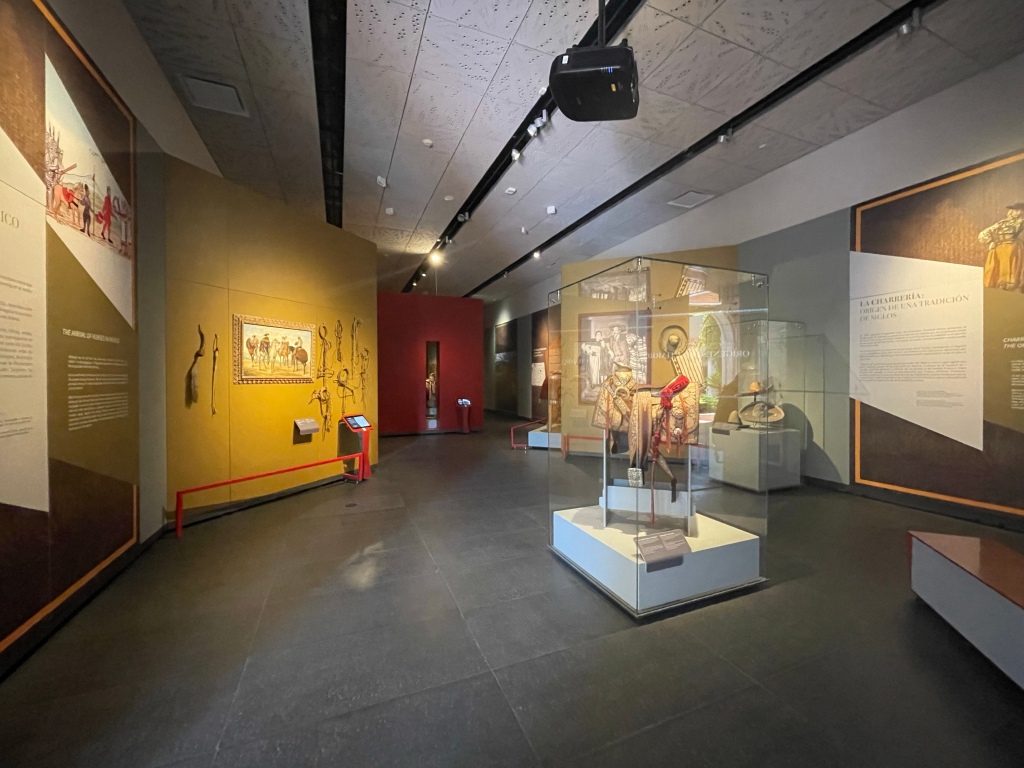

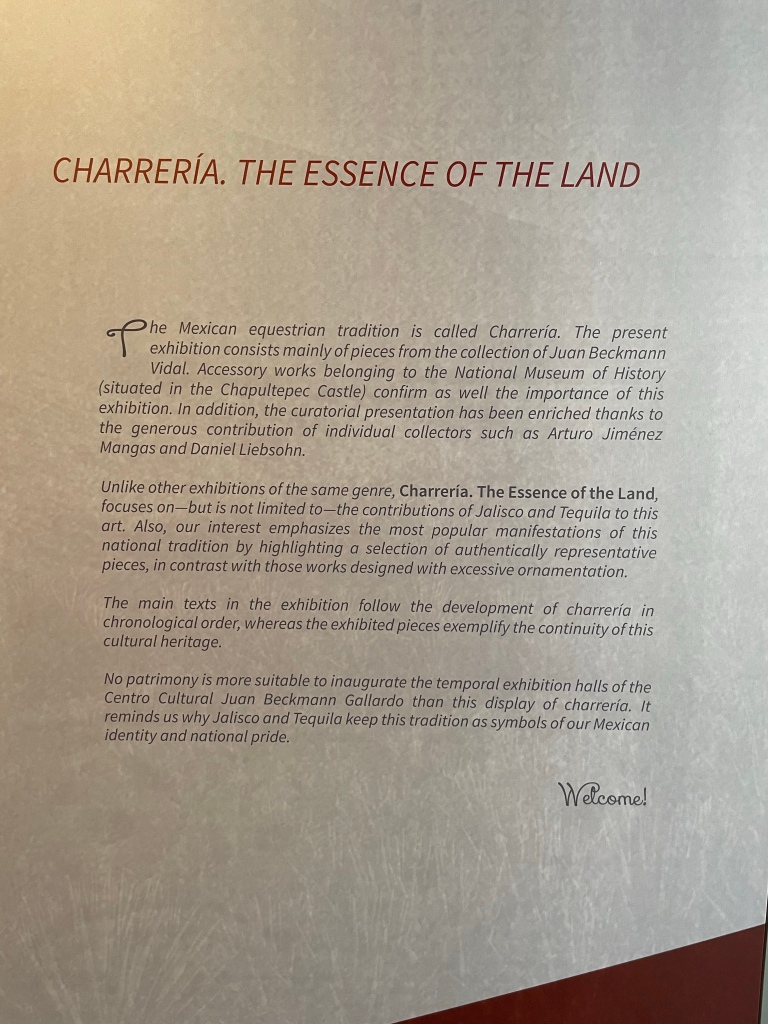
In our country, the equestrian art is heir of the art of the jineta (from de Berber word jinete or rider) brought to Spain in 711 A.D. In America, this practice developed during hundreds of years and left a tradition that represents us as Mexicans all around the globe: the charreria.
Apparently, the term charro comes from the Basque language and meant rude, coarse, characteristic of rural life. In México, charro is the man on horseback, the jaunty rider, symbol of the tasks in the fields. The term is reminiscent ofthe skillful management of flocks and the rich costume that includes silver, wood, leather, fiber and other crafts, as well as music and dance; traditions and customs that, in view of their transcendence, have made of charrería an Intangible Cultural Heritage of Humanity (by decree of UNESCO in 2016).”

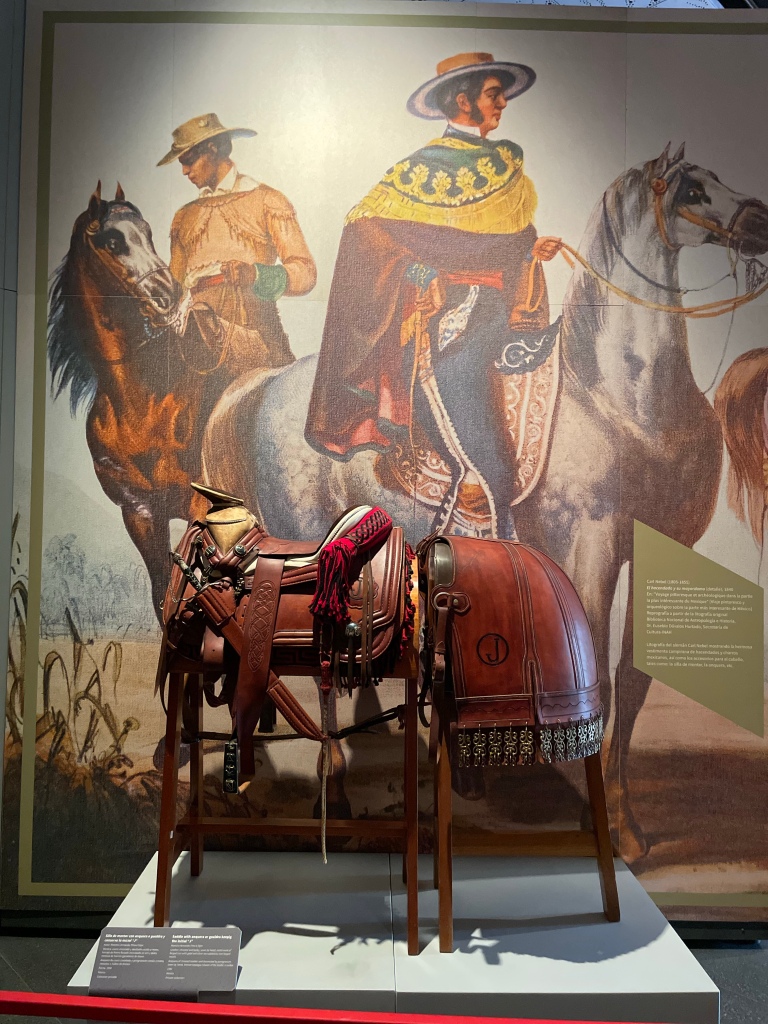

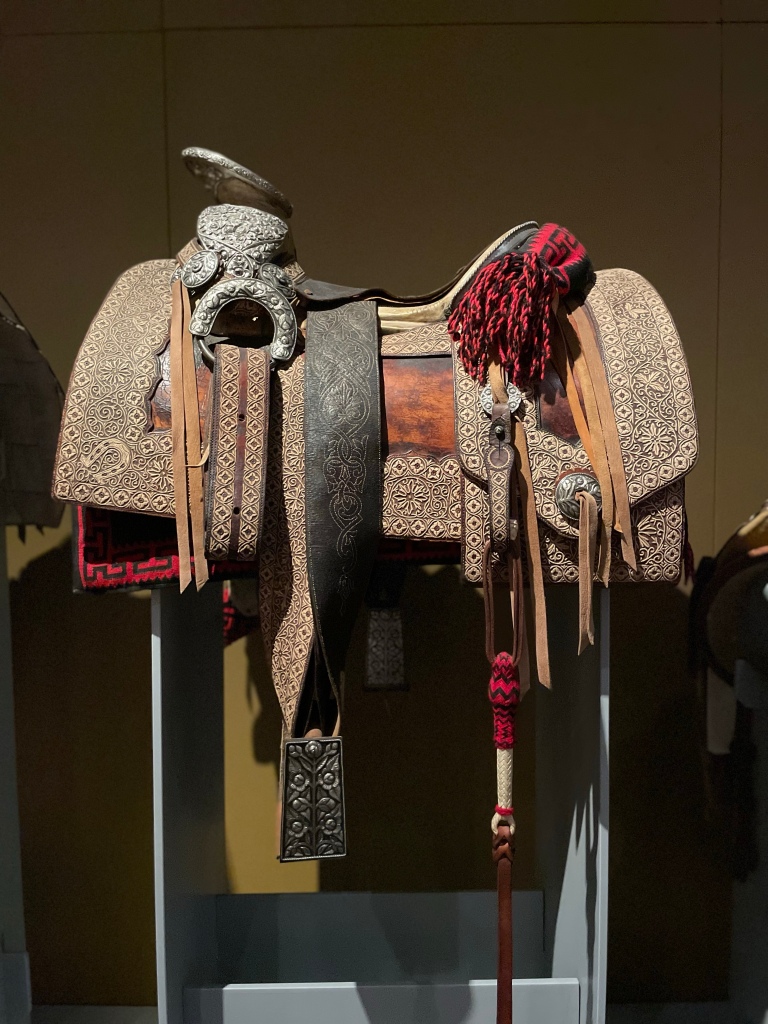

20 century – Oil on canvas
Juan Beckmann Vidal Collection
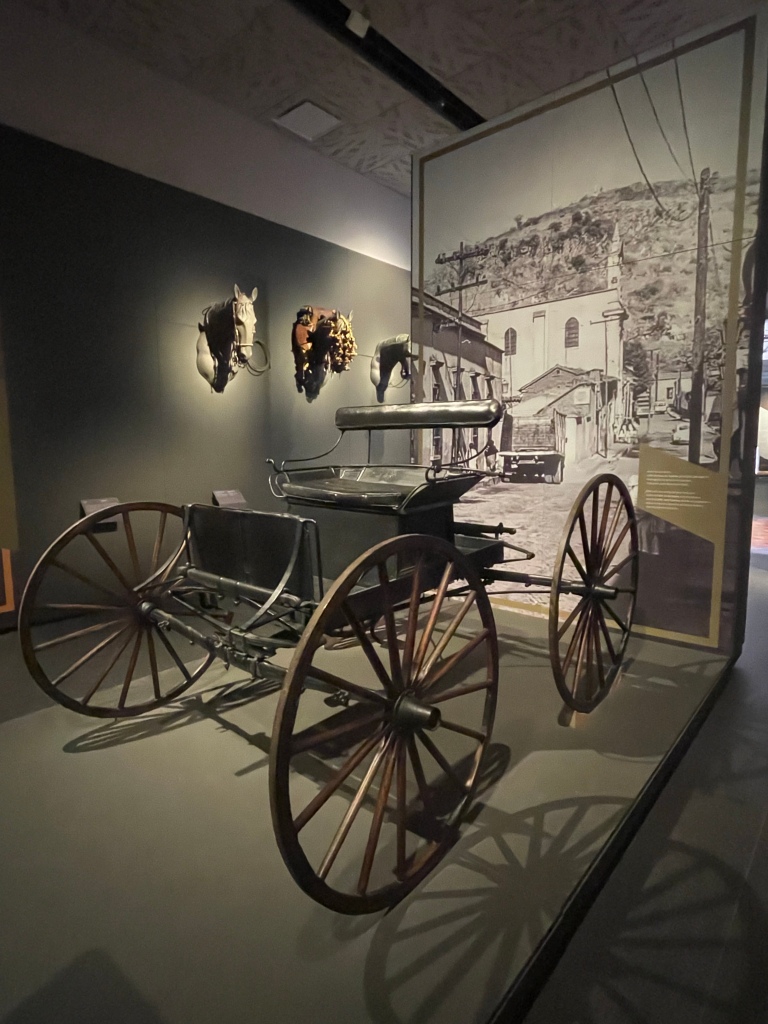



Made with French black popotillo, set of silver buttons with figures of fighting bulls and horseshoes. Hot of beaver hair, with high piloncillo crown and with silver canutillo.
Private collection



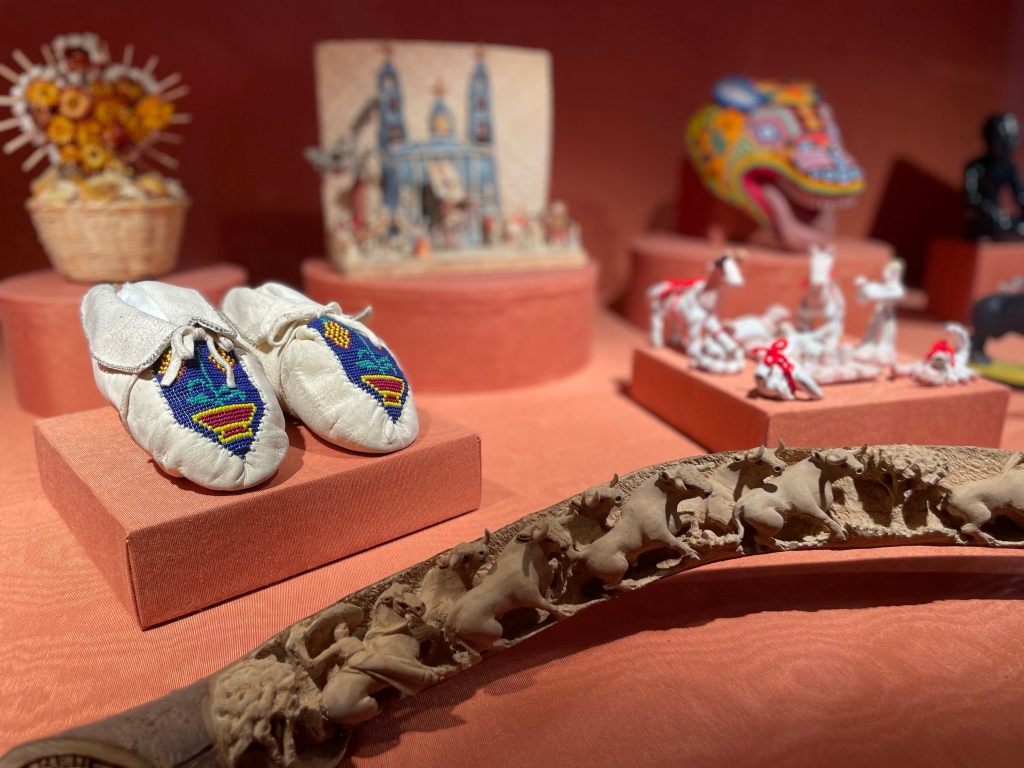

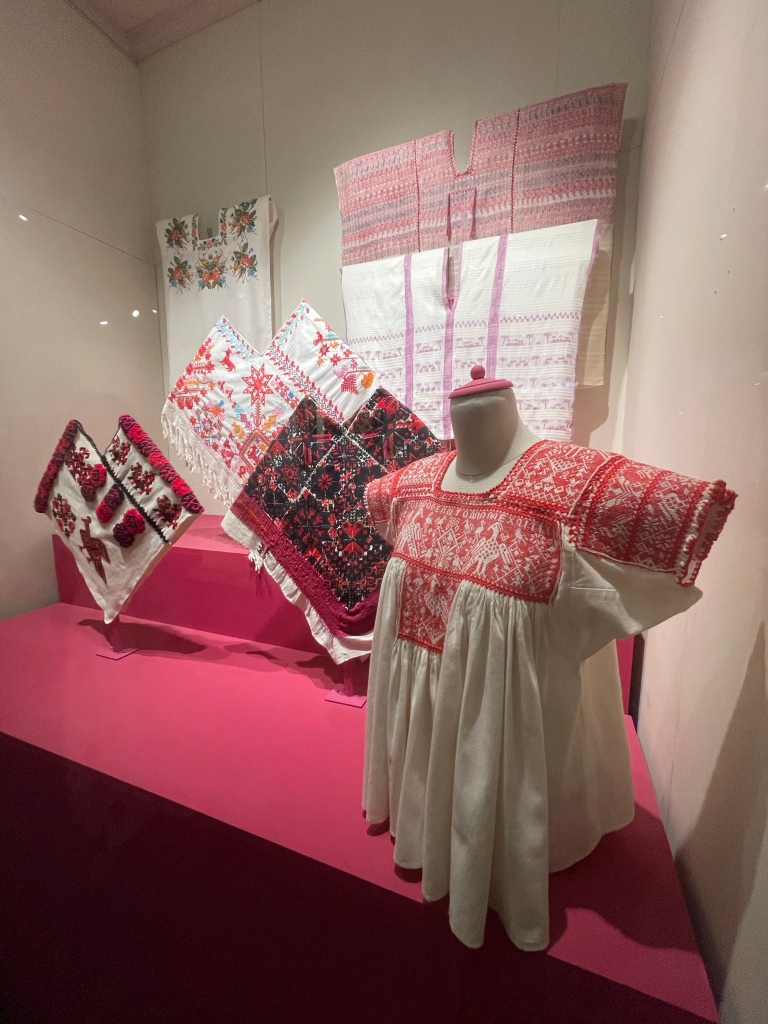


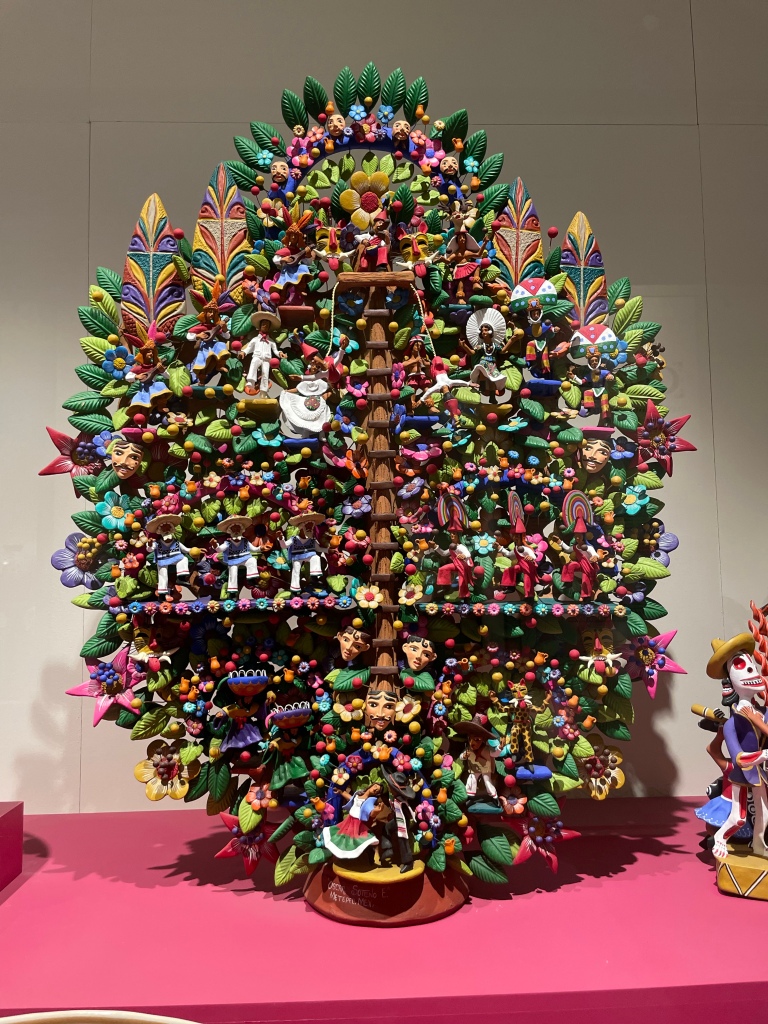
Árbol de la vida de Compromiso Social / Tree of life of Social Responsility, 2013.
Barro modelado, moldeado, con pastillaje, esgrafiado y policromado en frio/ Modeled and molded clay, with appliqué, incised, and polychromed after firing.
Metepec, Estado de México, México
Fomento Cultural Banamex, A. C.

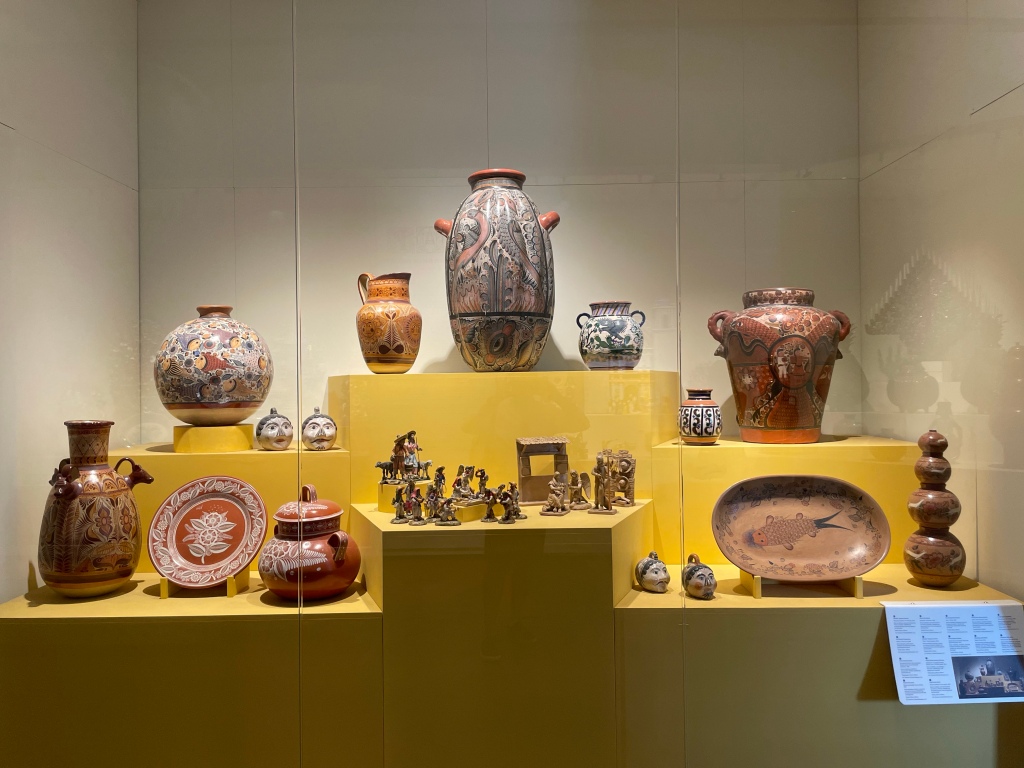
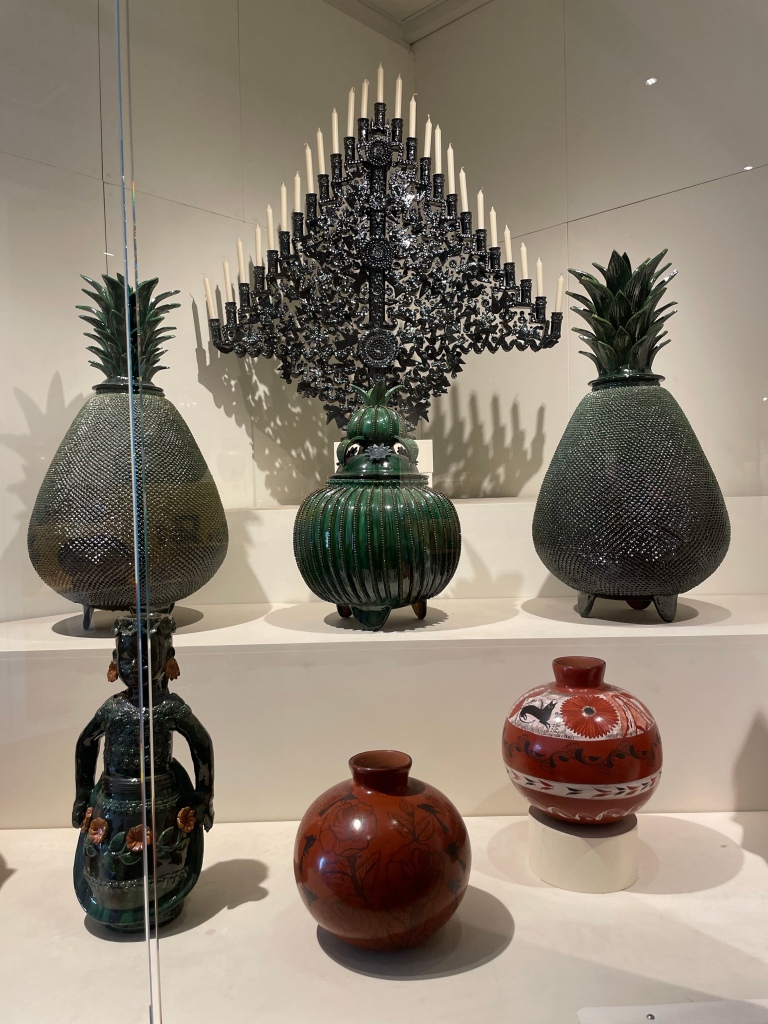
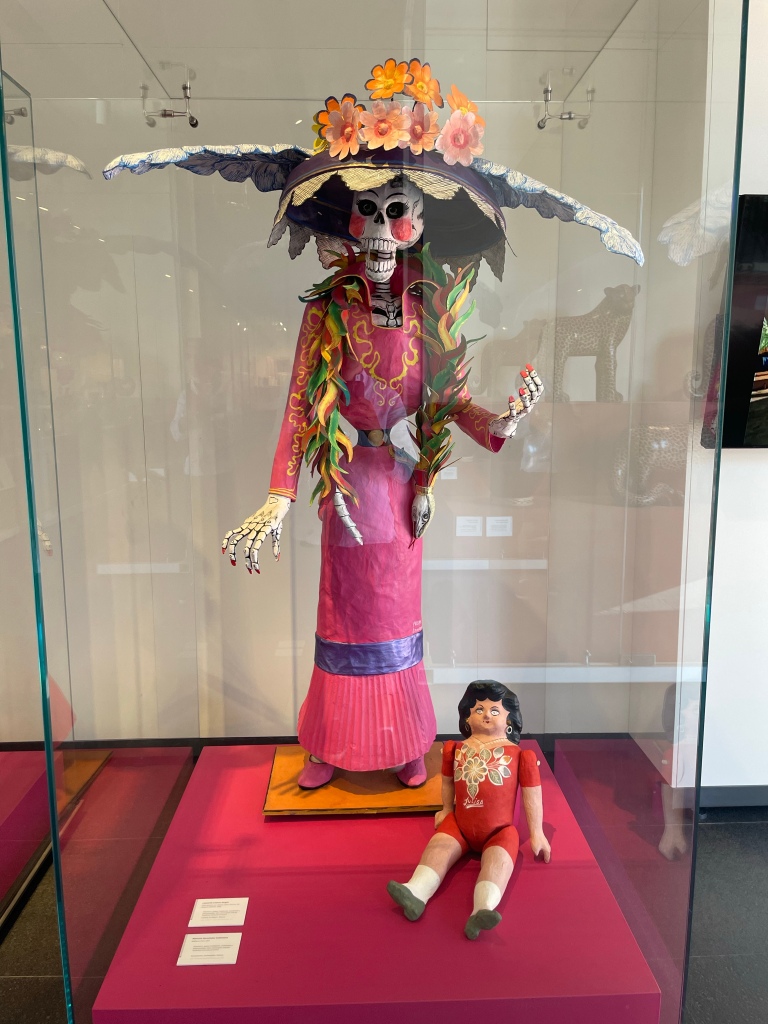

Leave a comment